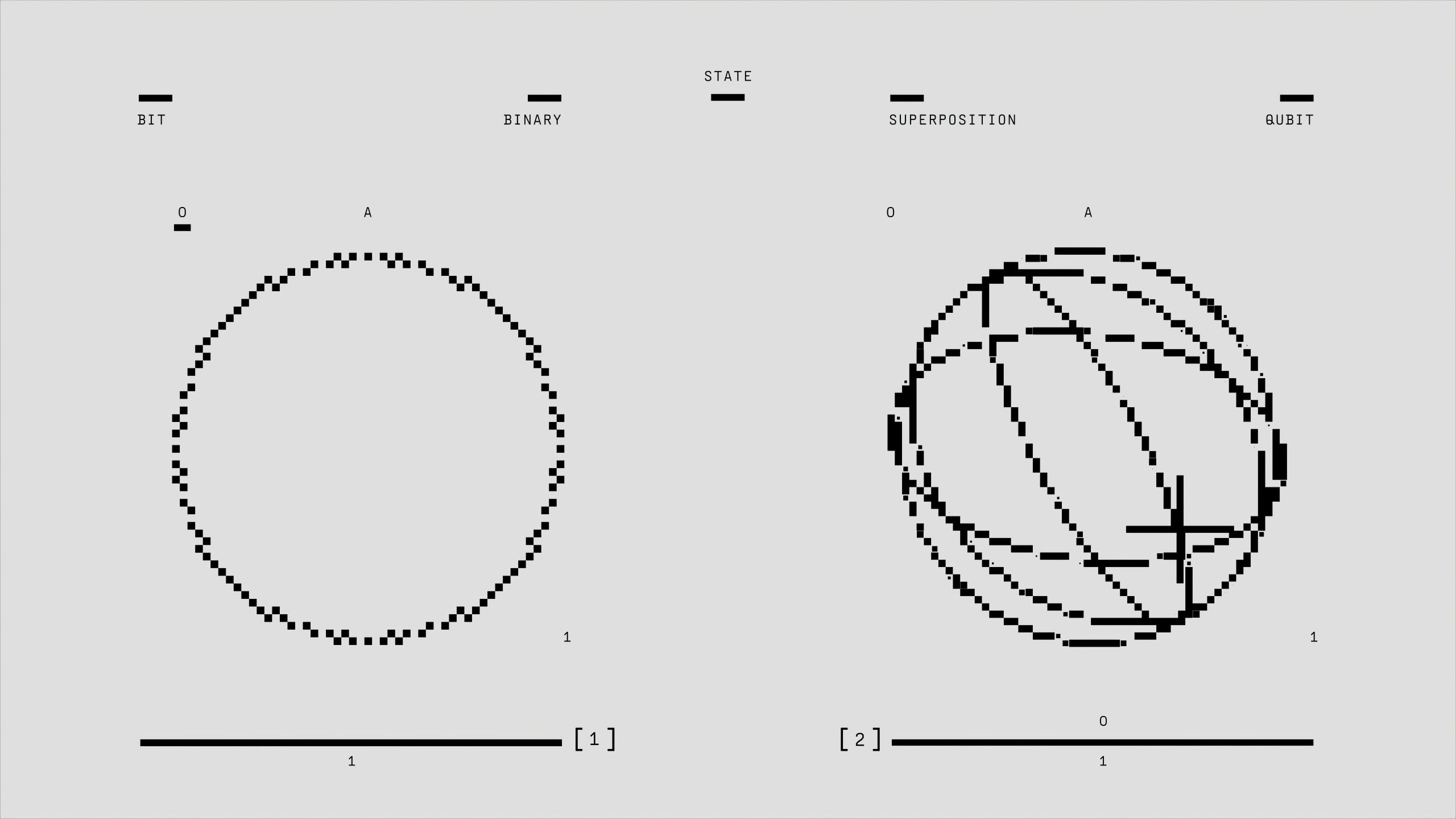Behind the Scenes of Task Manager: Insights from the Developer
In the ever-evolving landscape of technology, some elements become so integral to our daily digital experiences that we often take them for granted. One such tool is the Windows Task Manager. As the original creator of this pivotal application, I felt compelled to share some insights and memories from my journey in developing it. While I typically don’t write blogs, I figured it was time to document these thoughts before time erases them.
A Glimpse into the Past
Back in 1994, I was a novice developer at Microsoft, working out of my home in Redmond. Task Manager was born in my den and, much to my surprise, it was accepted into the main development tree by the seasoned developers of the NT team. This opportunity allowed me to refine the application further and establish it as an official part of the Windows operating system—a moment that defined my career in programming.
Reflecting on these experiences, particularly regarding the Windows XP era, I would like to share some interesting functionalities and lore about Task Manager:
Lesser-Known Features of Task Manager
-
Reliable Recovery: Should Task Manager ever freeze or crash, you can quickly launch a new instance by pressing Ctrl + Shift + Esc. The system will attempt to revive the old instance for about ten seconds. If that fails, a new instance will start, ensuring you always have access to Task Manager as long as some system resources are available.
-
Adaptive Loading: In low-resource scenarios, Task Manager can initiate in a reduced mode. It will load only essential components, like the Processes tab, avoiding complete failure even when the system is under stress.
-
Resetting Configurations: If you encounter internal corruption within Task Manager, you can easily reset it. Hold Ctrl + Alt + Shift while restarting the application, and it will revert all internal settings to their default state. This approach can be applied to other applications I’ve developed as well.
-
Graph Mode: If you find that all your title bars have disappeared, simply double-click on the empty space to return to the normal mode. This ‘no-title bar’ feature was initially designed to enhance visibility but ended up causing confusion for many users.
-
Memory Efficiency: I took pride in designing Task Manager to be memory-efficient and flicker-free, even allowing for responsive resizing without any visual disruptions.
-
Finding Process Locations
Share this content:



